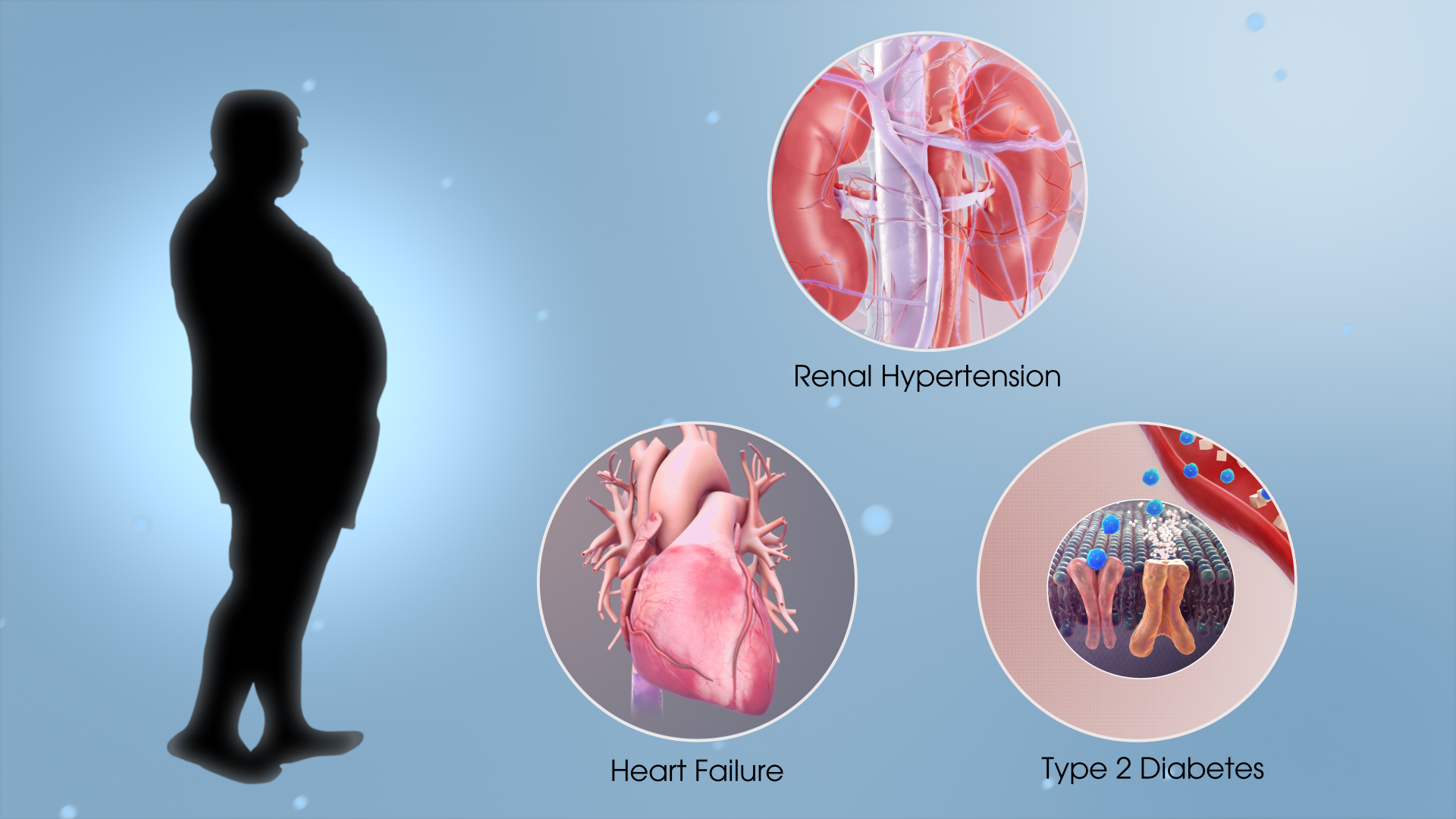A group of health conditions that occur together and increase the chances of developing heart disease, stroke, and type 2 diabetes is known as metabolic syndrome. These health conditions are:
- High blood pressure
- High blood sugar
- Excess abdominal fat
- High triglycerides
- Low levels of good cholesterol

Having one or two of these conditions is not good but it does not mean that one has this particular disease. However, having more than two of these conditions increases the likelihood of developing more serious health conditions and complications. This health issue is becoming increasingly common and around 23% of adults in the US suffer from it currently.
Symptoms
The signs and symptoms of metabolic syndrome are not very prominent and symptoms, if any, are those of the conditions. A large waistline is an indication of excess abdominal fat. If blood sugar is high, then signs and symptoms will be those of diabetes such as increased thirst, fatigue, and blurred vision. People in the early stages of high blood pressure may experience headaches and dizziness.
Causes
The exact cause of metabolic syndrome remains unknown. It is a collection of risk factors and not a single disease, so it might have many different causes. They include:
- Obesity
- Unhealthy lifestyle
- Insulin resistance
- Hormonal imbalance
- Smoking
Certain risk factors increase the chance of developing this disease. These risk factors are age, family history, polycystic ovary syndrome in women, and physical inactivity.
Treatment
The goal of treating metabolic syndrome is to lessen the risk of developing further complications. Immediate and aggressive diet and lifestyle changes such as exercise may be prescribed. Losing weight and physical activity are extremely important. Medications to control blood pressure, sugar and cholesterol may also be prescribed. Quitting smoking is highly recommended.
This disease, if not treated, may result in complications such as heart attack, stroke, kidney disease, hardening of the arteries, non-alcoholic fatty liver disease, diabetes, and cardiovascular disease. It is very easy to prevent it. Get at least half an hour of exercise daily, reducing intake of fatty food and salt, eating plenty of fresh vegetables, fruits, whole grains, and lean protein, not smoking, and maintaining a healthy weight.
Disclaimer: The information in no way constitutes, or should be construed as medical advice. Nor is the above article an endorsement of any research findings discussed in the article an endorsement for any of the source publications.








